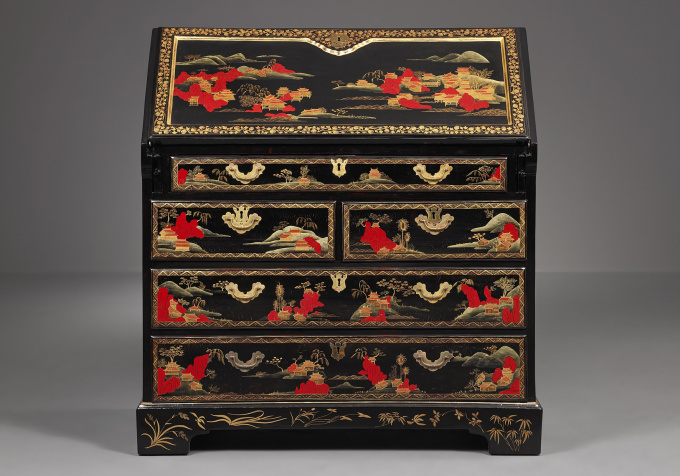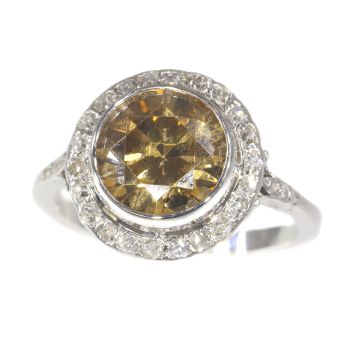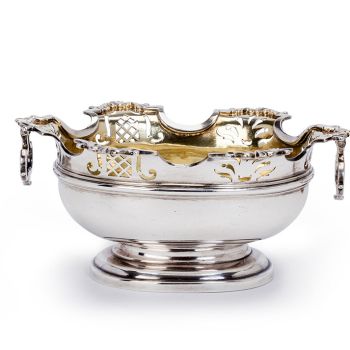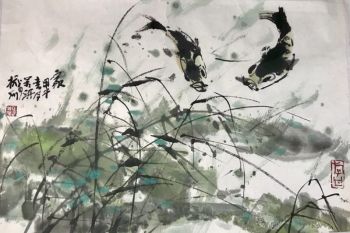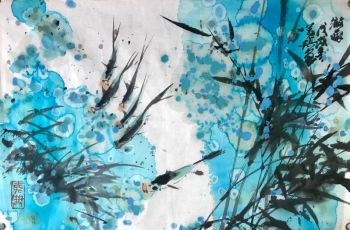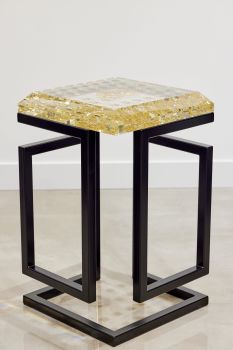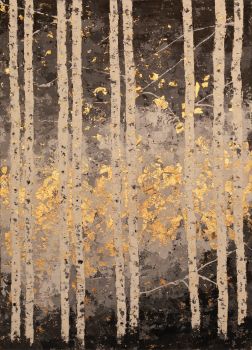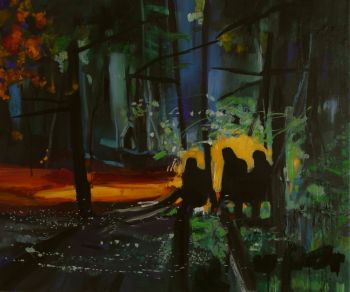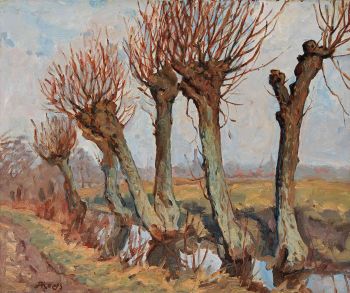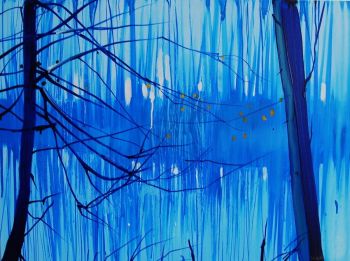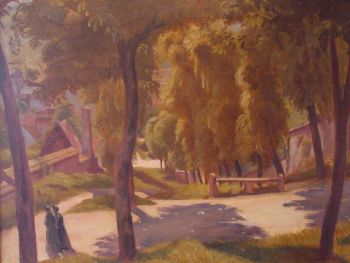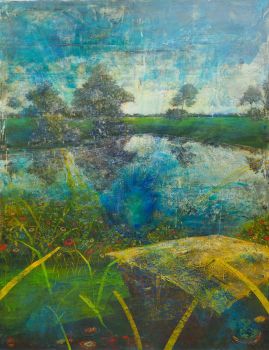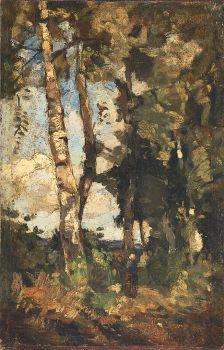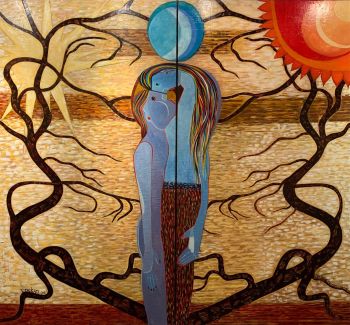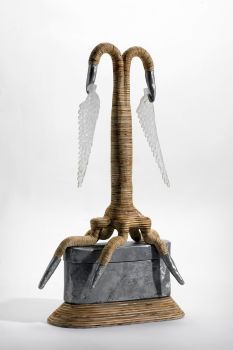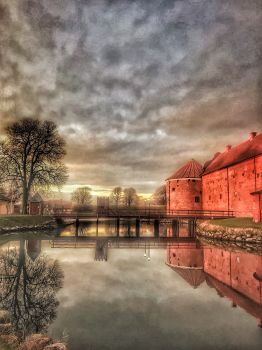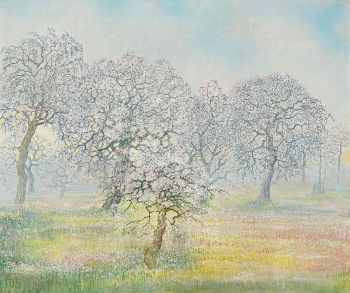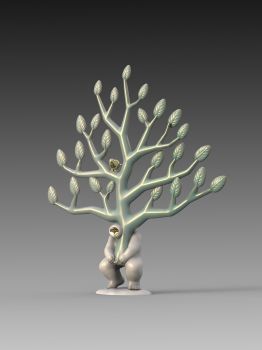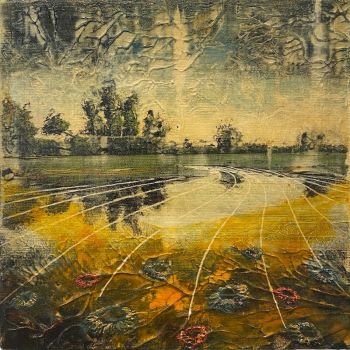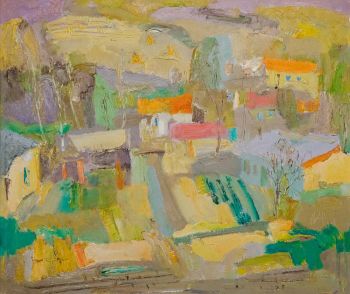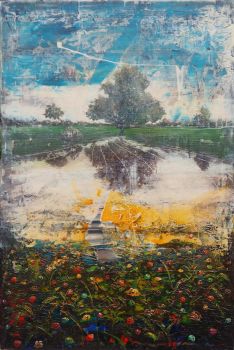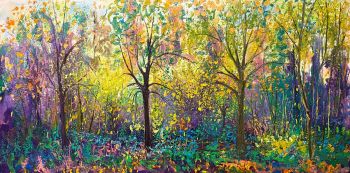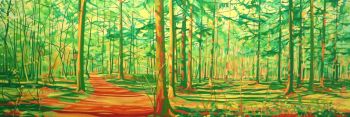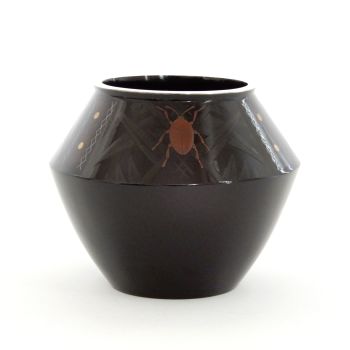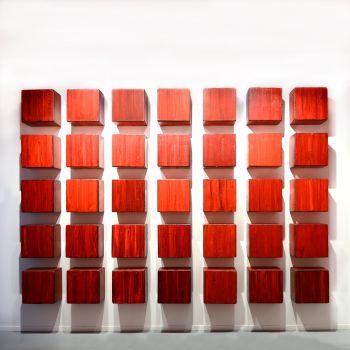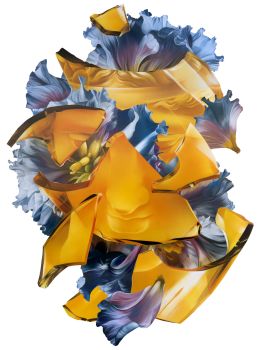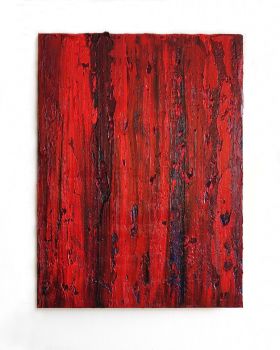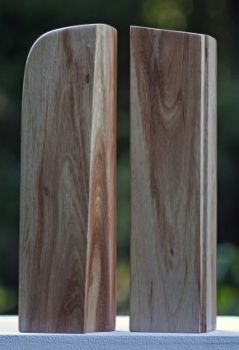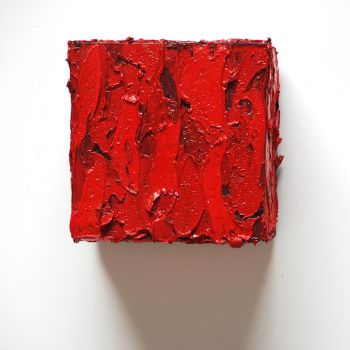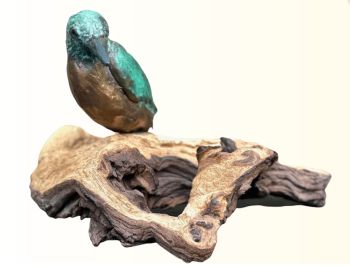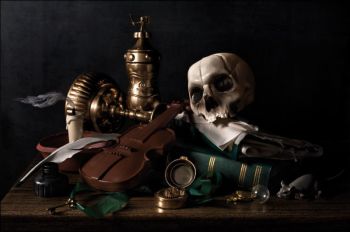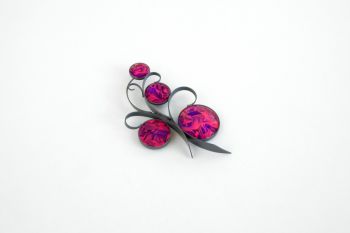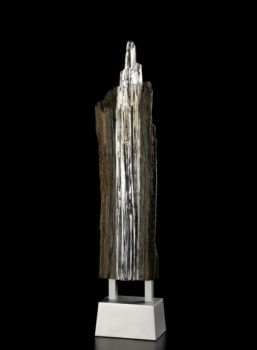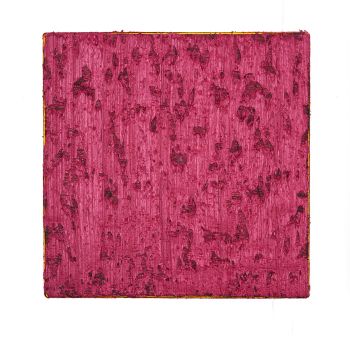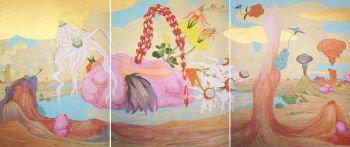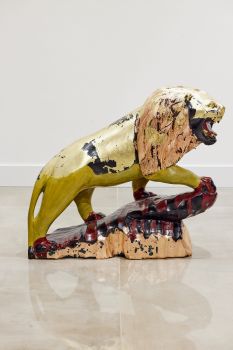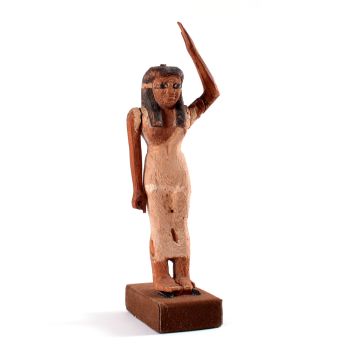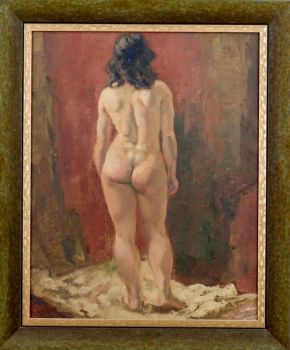Chinese Laquered Writing Desk made for the European Market 1740
Artiste Inconnu
BoisLaque de ChineLaque
107 ⨯ 100 ⨯ 61 cm
Actuellement indisponible via Gallerease
- Sur l'oeuvre d'artA bureau or writing desk of Chinese lacquer presented here. It clearly is shaped after an English model of the same shape and dimensions, to be dated c. 1735-45. The lower part stands on a rectangular base, with four flat corner-feet, and is divided in four sections: below are two large drawers above each other, then there is a third section with two smaller drawers and on top a low drawer which is less wide. The upper part has a reclining fall-front which opens to function as a writing top, supported by two ledgers that can be pulled out. When lowered, it reveals a section with three reclining drawers on the left- and right-hand sides, separated by three compartments, each with a deep drawer below. These compartments are divided by two narrow panels, shaped as columns, that can be opened to the empty space behind. The top is flat; the drawers have shaped paktong handles.
The bureau is beautifully lacquered in shades of gold and partly with cinnabar red on a black lacquered ground. The five lower drawers, the outside of the fall-front, the flat top and the two sides show a river landscape with hills on the background, the rocky shores with houses, pavilions and trees. The large rock formations are detailed in low relief with cinnabar red lacquer, which gives the scenes a dramatic effect and certainly adds to the visual complexity of the landscapes.
The landscapes on the drawers are surrounded by narrow bands with a zig-zag pattern in gold; the fall front and the sides have bands with a continuing leaf- and flowerhead (or fruit) spray while the flat top has a narrow decorative band of a twisted cord.
The composing parts behind the fall front, the back of that flap and the three sides of the base are decorated with sprays of different plants and flowers, including bamboo, orchids, prunus and arrow-head, rendered as separate motifs in gold lacquer scattered over the surface.
The back of the bureau is lacquered black, without any decoration - it clearly was meant to be placed against the wall.
Apart from the fact that large pieces of Chinese lacquered furniture from this period are rare, the lacquered decoration of the bureau has some interesting features. First of all, the lavish use of cinnabar lacquer is very unusual, because this substance was expensive and was mostly used for smaller objects, mainly boxes or dishes for the domestic Chinese market. It is quite rare to see it on a piece of export lacquer.
Even more interesting are the stylistic features that are borrowed directly from decorations on Japanese lacquer, namely the zig-zag motif in the bordering bands of the lower drawers and the scattered flower motifs in gold. It is not difficult to point to many Japanese examples with such decorative motifs and therefore the question rises if this bureau is not only imitating an English model, but also tries to give a 'Japanese' impression. - Sur l'artiste
Il peut arriver qu'un artiste ou un créateur soit inconnu.
Certaines œuvres ne doivent pas être déterminées par qui elles sont faites ou elles sont faites par (un groupe d') artisans. Les exemples sont des statues de l'Antiquité, des meubles, des miroirs ou des signatures qui ne sont pas claires ou lisibles, mais aussi certaines œuvres ne sont pas signées du tout.
Vous pouvez également trouver la description suivante :
•"Attribué à …." A leur avis probablement une oeuvre de l'artiste, au moins en partie
•« Atelier de …. ou « Atelier de » À leur avis, une œuvre exécutée dans l'atelier ou l'atelier de l'artiste, éventuellement sous sa direction
•« Cercle de… ». A leur avis une oeuvre de la période de l'artiste témoignant de son influence, étroitement associée à l'artiste mais pas forcément son élève
•« Style de … ». ou "Suiveur de ...." Selon eux, une œuvre exécutée dans le style de l'artiste mais pas nécessairement par un élève ; peut être contemporain ou presque contemporain
•« Manière de… ». A leur avis une oeuvre dans le style de l'artiste mais d'une date plus tardive
•"Après …." A leur avis une copie (quelle qu'en soit la date) d'une oeuvre de l'artiste
•« Signé… », « Daté… ». ou « Inscrit » À leur avis, l'œuvre a été signée/datée/inscrite par l'artiste. L'ajout d'un point d'interrogation indique un élément de doute
• "Avec signature ….", "Avec date ….", "Avec inscription …." ou "Porte signature/date/inscription" à leur avis la signature/date/inscription a été ajoutée par quelqu'un d'autre que l'artiste
Artwork details
Related artworks
Artiste Inconnu
Bracelet en diamant du XVIIIe siècle avec intailles vieilles de 2000 ans1790
€ 23.000Adin Fine Antique Jewellery
 Sélectionné par
Sélectionné parDanny Bree
1 - 4 / 12- 1 - 4 / 6
Artiste Inconnu
UN MODÈLE JAPONAIS D'UN NORIMONO, UN PALANQUIN1650 - 1700
Prix sur demandeZebregs & Röell - Fine Art - Antiques
1 - 4 / 24- 1 - 4 / 24
Artiste Inconnu
Japanese art deco lacquervase with Scarab beetle motif1920 - 1950
Prix sur demandeDille Art
1 - 4 / 24

